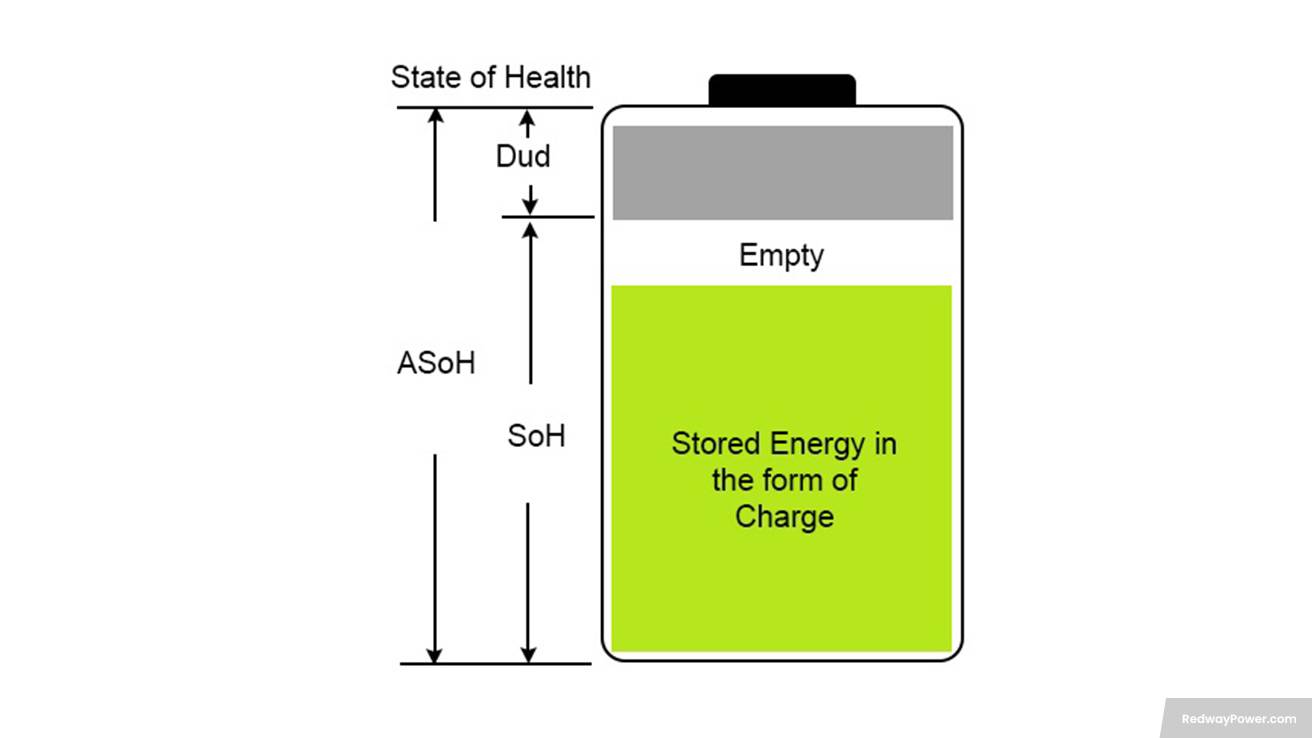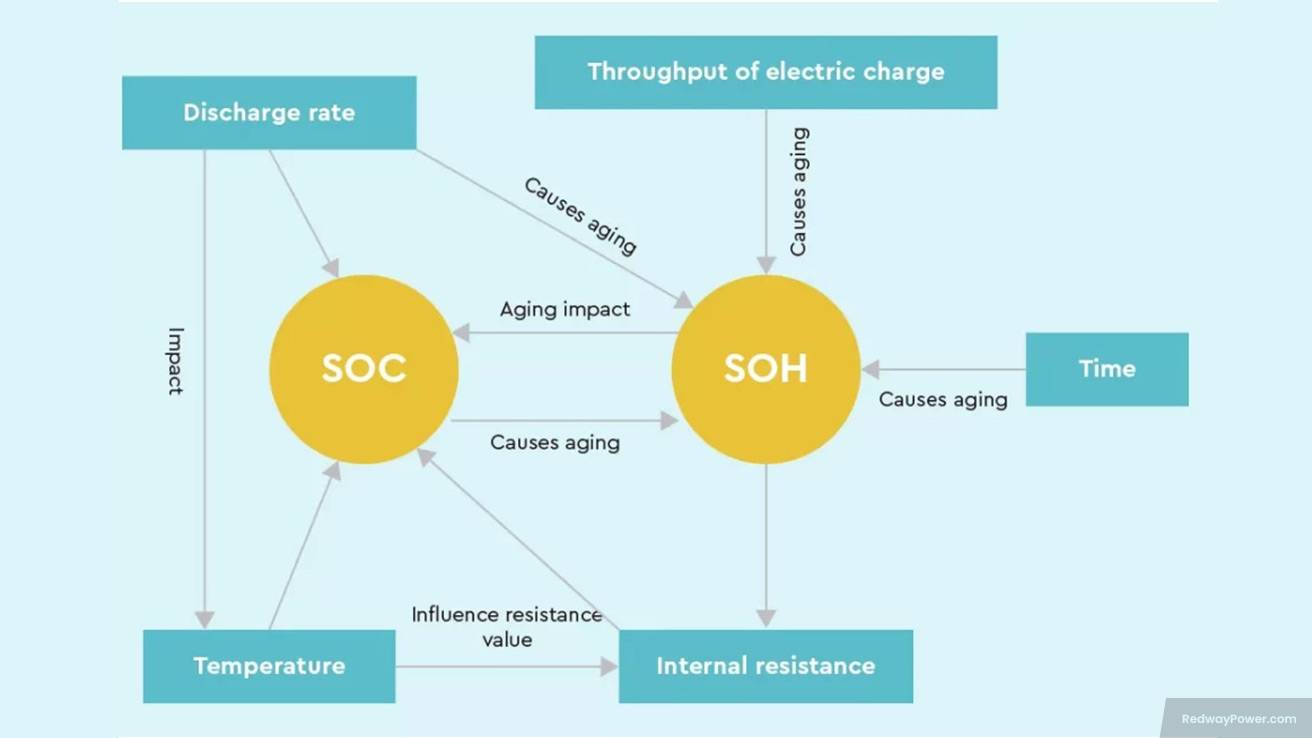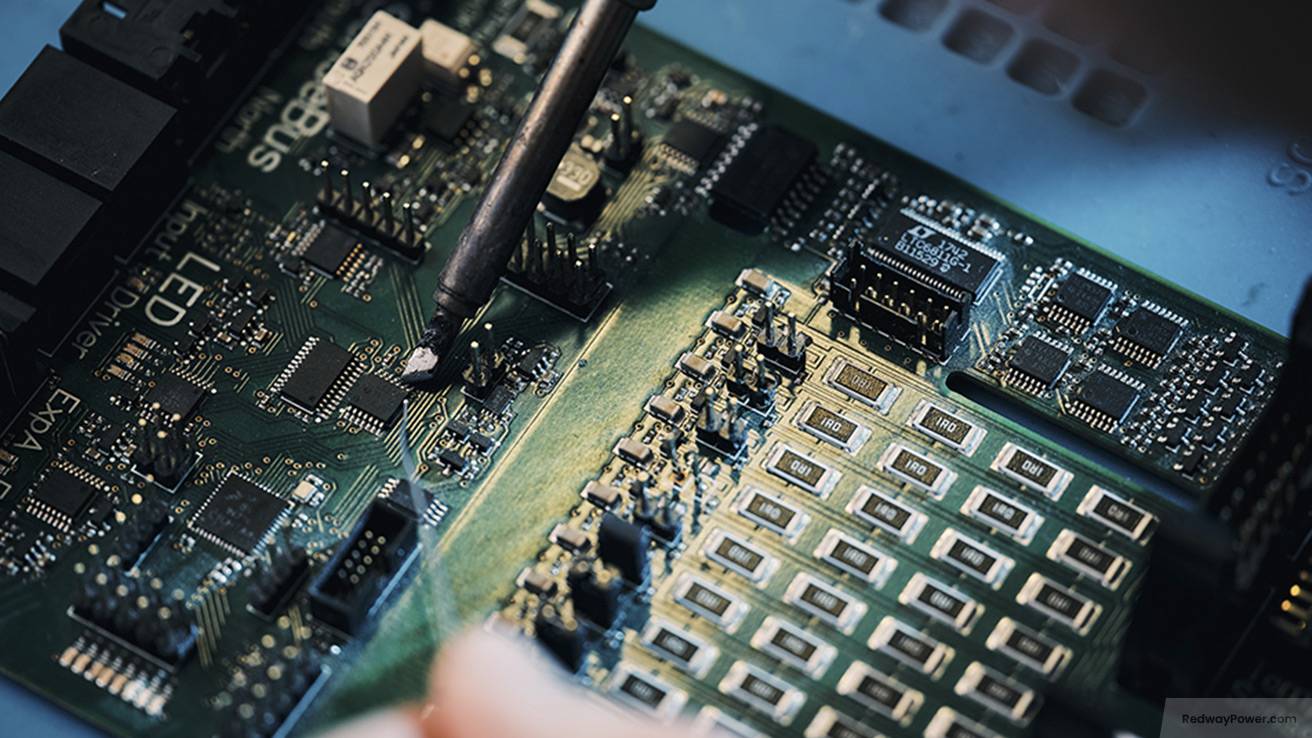In today’s tech-driven world, batteries are crucial for our devices, and Battery Management Systems (BMS) play a key role in optimizing their performance. Ever wondered how your smartphone knows its battery life or how an electric vehicle maintains power? The answer lies in BMS, specifically monitoring State of Charge (SoC) and State of Health (SoH). Join us as we uncover the significance of SoC and SoH in BMS, exploring how they impact battery efficiency and lifespan. Let’s dive in!
What does BMS mean?
BMS stands for “Battery Management System.” A Battery Management System is an electronic system that monitors and controls the charging and discharging of a battery. It ensures the battery operates within safe limits, maximizes its lifespan, and maintains optimal performance. BMS is commonly used in electric vehicles, renewable energy systems, and other applications that utilize rechargeable batteries.
How to wire a BMS?
Do you need a BMS with a charge controller?
What is State of Charge (SoC)?
In the realm of Battery Management Systems (BMS), the term State of Charge (SoC) is critical. In simple terms, it indicates the amount of energy stored in a battery at any given time, typically measured as a percentage.
- Understanding State of Charge (SoC): SoC is a percentage that represents the energy level in a battery – 0% means empty, and 100% means fully charged. This is crucial information for users, especially electric vehicle owners, to plan journeys and avoid overcharging or deep discharging, which can impact performance and lifespan.
- Influencing Factors on SoC: Factors like temperature and usage patterns influence SoC levels. Higher temperatures reduce battery capacity, and frequent rapid charging or discharging affects overall charge levels. Being aware of these influences helps maintain optimal battery performance.
- Maintaining Optimal Performance: To ensure healthy batteries and maximize efficiency, it’s vital to keep batteries within recommended SoC ranges. Regularly recharging without complete drainage helps prolong battery lifespan, contributing to optimal performance.
Conclusion: Monitoring State of Charge (SoC) is key to maintaining healthy batteries and optimizing efficiency. By understanding this concept and following appropriate measures, users can prolong their battery’s lifespan and ensure reliable performance.
Importance of Monitoring SoC in BMS
In a Battery Management System (BMS), monitoring the State of Charge (SoC) is critical. SoC, expressed as a percentage, indicates the charge level in a battery and is essential for estimating remaining energy and determining current capacity.
- Importance of SoC Monitoring: SoC monitoring is vital for estimating runtime before recharge or replacement, especially in critical applications like electric vehicles and backup power systems. It also prevents overcharging or deep discharging, ensuring optimal battery lifespan and performance.
- Crucial in BMS Applications: In BMS setups with multiple connected batteries, monitoring SoC becomes crucial to prevent imbalances that can reduce system efficiency. Early identification of issues through continuous SoC monitoring allows corrective actions to be taken.
- Techniques for Effective Monitoring: BMSs use techniques like coulomb counting, voltage measurement, temperature sensing, and sophisticated algorithms for accurate SoC estimation. These methods compensate for factors like self-discharge and aging effects, ensuring precise monitoring.
Conclusion: Monitoring State of Charge (SoC) is crucial for optimizing battery performance and reliability in various applications. An efficient BMS, utilizing advanced monitoring techniques, helps prevent premature deterioration due to overcharging or deep discharging, maximizing battery runtime and overall system efficiency.
What is State of Health (SoH)?

In Battery Management Systems (BMS), “State of Health” (SoH) refers to a battery’s overall condition and performance relative to its original capacity. SoH is crucial for effective battery management, helping identify when maintenance or replacement is needed.
- Determining SoH: SoH is influenced by factors like age, usage patterns, charging cycles, temperature exposure, and maintenance practices. Over time, these factors can lead to degradation in a battery’s capacity and efficiency.
- Monitoring for Early Warnings: Regular monitoring of SoH allows BMS to provide early warnings about potential issues or failures. Factors affecting SoH include depth of discharge, temperature extremes, overcharging or undercharging, and prolonged storage without use.
- Maintaining Healthy SoH: To ensure a healthy SoH, follow recommended charging procedures, conduct regular inspections for signs of damage or abnormal behavior, and maintain proper storage conditions. This proactive approach helps prevent unnecessary stress on batteries.
Conclusion: By tracking both State of Charge (SoC) and State of Health (SoH) in BMS systems, users can maximize battery lifespan and ensure optimal performance. This knowledge facilitates informed decisions about replacement schedules and improvements in overall system efficiency.
Factors Affecting SoH in BMS
Maintaining the State of Health (SoH) in a Battery Management System (BMS) is crucial for optimal performance and longevity. Various factors significantly impact SoH, and understanding them is key to ensuring an efficient and durable battery system.
- Temperature Influence on SoH: Extreme temperatures, whether too hot or too cold, adversely affect battery life. High temperatures accelerate degradation, while low temperatures increase internal resistance, hampering effective power delivery.
- Impact of Charging/Discharging Cycles: Charging and discharging cycles stress the battery, gradually affecting its capacity and efficiency. Frequent cycling, especially at high discharge rates or deep cycling, accelerates the decline in a battery’s health.
- Depth of Discharge (DoD) Significance: The depth of discharge (DoD) plays a vital role; batteries perform best when not fully discharged. Regularly discharging batteries to lower limits increases wear and tear, leading to premature aging.
- Cell Balancing for Multi-Cell Batteries: In multi-cell batteries (e.g., electric vehicles), cell balancing is crucial. Imbalances in capacity or internal resistance can lead to overcharging or undercharging of cells, impacting the overall health of the battery pack.
- Importance of Maintenance Practices: Regular maintenance, including inspection for physical damage or corrosion, is essential for maintaining SoH. Addressing issues promptly prevents them from escalating into larger problems that could affect overall battery performance.
Conclusion: Understanding and addressing factors like temperature, charging cycles, depth of discharge, cell balancing, and maintenance practices are vital for ensuring optimal State of Health (SoH) in a Battery Management System (BMS). Monitoring and proactive measures contribute to a robust and long-lasting battery system.
Maintaining a Healthy SoC and SoH in BMS

To ensure your battery system’s optimal performance and longevity, maintaining a healthy State of Charge (SoC) and State of Health (SoH) in your Battery Management System (BMS) is crucial. Here are key tips for achieving this:
- Regular Monitoring: Use BMS monitoring tools to regularly check SoC levels, identifying deviations and taking prompt actions to address any issues.
- Proper Charging Practices: Avoid overcharging or deep discharging, following manufacturer guidelines for charging rates, and preventing exposure to extreme temperatures during charging.
- Temperature Control: Operate batteries within recommended temperature ranges to prevent significant impacts on both SoC and SoH.
- Balanced Usage: Distribute loads evenly across battery cells or packs to prevent individual cells from degrading faster than others.
- Regular Maintenance: Perform routine maintenance, including cleaning terminals, checking connections, and addressing signs of damage promptly.
- Quality Assurance: Invest in high-quality batteries with reliable specifications and a reputable BMS providing accurate SoC and SoH information.
By following these guidelines, you can maximize the efficiency, lifespan, and safety of your battery system. Consistently paying attention to SoC and SoH ensures optimal performance throughout the operational life of your Battery Management System (BMS).













